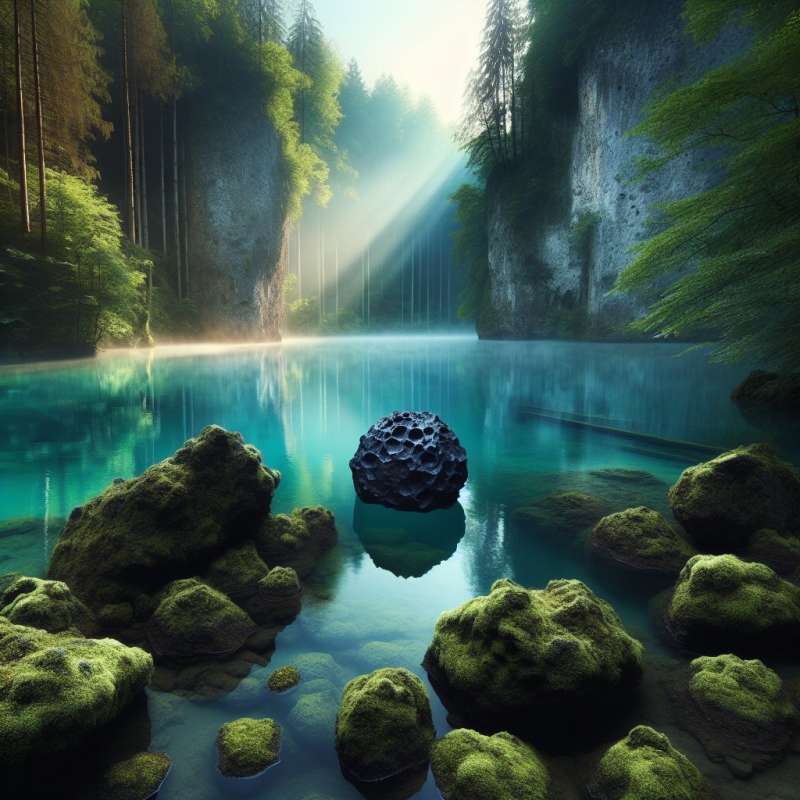
Meteorite Identification Basics
Not all rocks from space are meteorites. Real meteorites are not smoking, have a fusion crust, are denser than typical Earth rocks, and often contain iron-nickel metal.
Meteorite Types and Classifications
Meteorites are categorized into three main groups: stony (silicate-rich), iron (metallic), and stony-iron (a mix of silicate and metal), each with unique textures and compositions.
Famous Meteorites and Impacts
The Hoba meteorite is the largest known on Earth, weighing about 60 tons. Chicxulub in Mexico, a massive impact crater, is linked to the dinosaurs' extinction.
Meteorites' Role in Science
Meteorites provide clues about the early solar system, as they can contain presolar grains older than the Sun itself, offering insights into the building blocks of planets.
Meteorites and Water Origins
Certain meteorites, called carbonaceous chondrites, contain water and organic compounds, suggesting that impacts may have contributed to Earth's water and the origins of life.
Meteorites in Cultural History
Throughout history, meteorites have been revered and feared. Ancient cultures often crafted tools and weapons from meteorite iron, considering it a gift from the gods.
Meteorite Hunting and Value
Meteorite hunting can be lucrative. Pristine specimens are highly sought after by collectors and institutions. The most valuable, like Martian and lunar meteorites, can sell for millions.Meteorite Music
Did you know? The sound waves from meteorite impacts can create unique musical notes, essentially making Earth’s atmosphere a cosmic orchestra.
What defines a true meteorite's characteristics?
Smoking upon landing
Contains iron-nickel, dense, fusion crust
Lighter than Earth rocks
Company